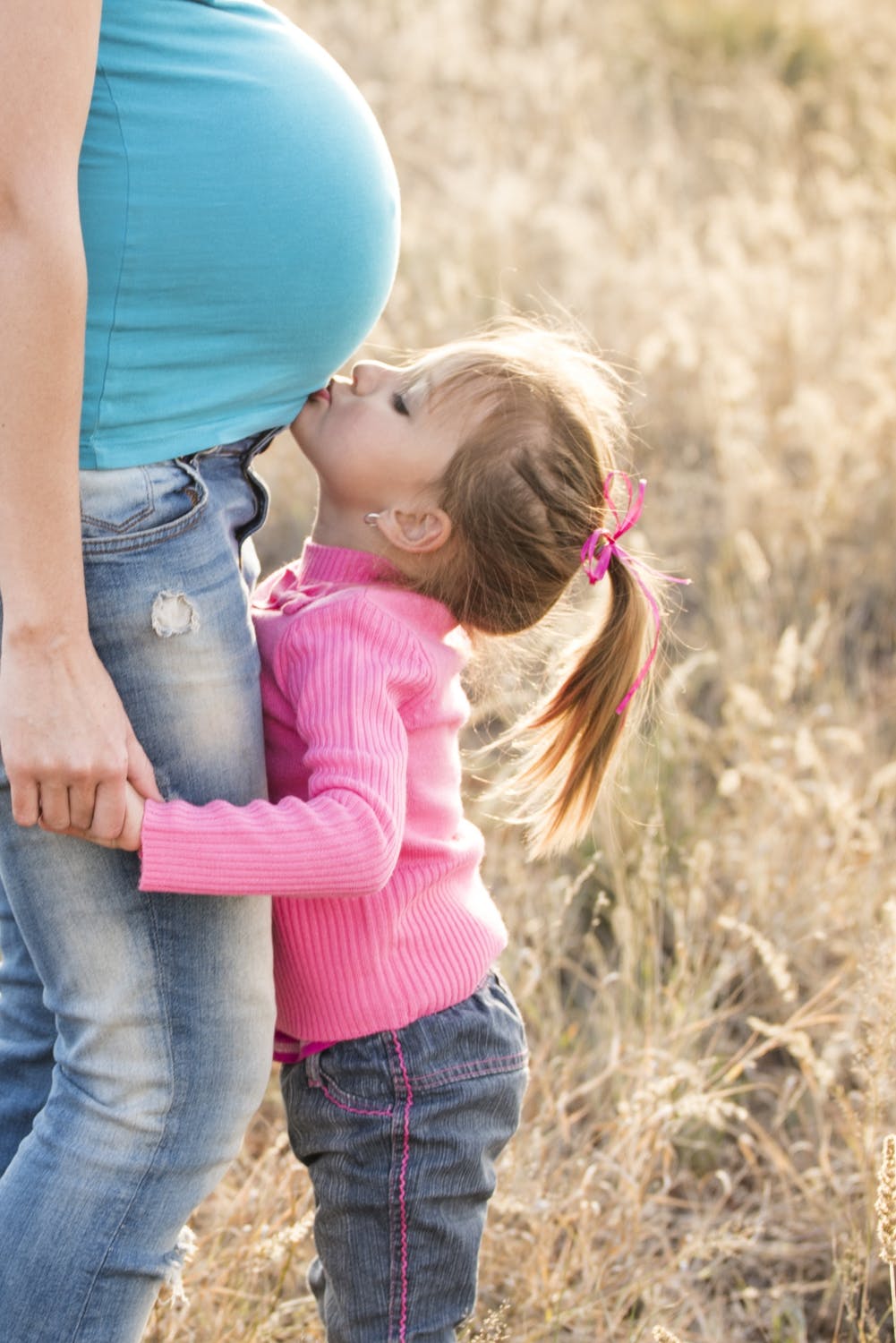Planning To Work Out After Having a Baby? Here Are 6 Things You Need to Know
No matter how your pregnancy went, there’s no denying that it’s a taxing experience on the body. During pregnancy, your feet can grow one shoe size, your ligaments and bones will loosen and shift to accommodate the growing fetus, and your plasma volume will increase by almost 50%!
And of course, you will gain weight.
Weight gain is a vital component of pregnancy, and there’s no escaping it. However, many women struggle with their body’s new appearance after giving birth. Stretch marks, looser skin, added weight, and saggy breasts are all common complaints of new moms, which is why many new moms look to get back in the gym as fast as possible.
Exercise after childbirth is quite beneficial and can help your body recover, improve your strength, and improve your mood. It can be hard to find the motivation to work out after giving birth, and you may feel tired and worn out, but there’s plenty of things you can start doing that will help get you back on track.
If you’re ready to start working out again after giving birth, here are six things you need to know:
1. Your pelvic floor can be weakened
Your pelvic floor is made up of the many layers of muscle that surrounds the vagina and the rectum. These muscles act like a supportive, stretchy hammock for your pubic bone and tailbone. They also help support the bladder, uterus, and the bowel. During pregnancy and birth, these muscles will stretch, however, if they stretch too much they can become loose and weak, leading to issues that will affect you when you’re trying to get back into exercising.
When your pelvic floor is weakened, you may experience urinary leakage that can occur for months after childbirth, especially when you strain, or a uterine prolapse, which is caused by your pelvic muscles allowing your organs to drop lower than they should.
If you’ve noticed these issues, pelvic floor exercises are the first place you should start. Pelvic floor exercises have been shown to benefit and strengthen pelvic floor muscles and are also very beneficial during pregnancy.
2. There are low-risk exercises you can do within hours of giving birth
Pelvic floor exercises are one of the first things you can start doing after birth. In fact, you can begin to do pelvic floor exercises right after giving birth safely. Leg and arm circles are also safe. This exercise consists of lifting your leg or arm, hanging it out of bed, and slowly turning them clockwise and counter-clockwise to a count of ten, and then switching. Alternating leg slides are also permissible. To do these, sit up in bed and bend your knees. Slide one leg out until it’s fully extended and then draw it back in. As your bringing this leg back in, extend the other.
3. Wait until your body is ready to return to intense exercise.
Giving birth is like running a marathon. Your body is exhausted and went through something very taxing. There is no harm in letting it rest and recover. This is why doctors typically recommend a 6 to 8-week break from intense exercise, even for a non-complicated vaginal birth.
Typically, it will take your uterus about that time to recover and shrink back to its normal, pre-pregnancy size. Also, you will still be experiencing lochia, which is the discharge and bleeding that normally occurs after sex and which can continue for up to 2 months.
When getting back into exercising, doctors recommend gauging how much you’re bleeding to see whether you’re pushing yourself too hard, too fast.
4. Exercising after a C-section and after vaginal birth is very different
A C-section is a serious abdominal and pelvic surgery that takes much longer to recover from. At a minimum, you will be expected to refrain from even driving for at least 6 weeks after a C-section. However, the healing process is far from complete at six weeks. To aid in recovery after a C-section, seek out physiotherapists familiar with C-section recovery and focus on being able to do simple things first, like walking, restorative breathing, and (eventually) starting on exercises to strengthen the abdominal wall, like glute bridges and clamshells. Find a gym where you feel comfortable like Premier Fitness Gym, and can interact with trainers familiar with training post-partum women.
5. Postpartum fatigue is no joke
Even before you had a baby, feeling groggy and tired meant the gym was the last place you wanted to be. Now, your body is exhausted and you have a newborn to care for. If you’re still feeling exhausted weeks after giving birth, consider whether you’re giving your body the adequate care it needs to recover.
First, you should be getting as much rest as you feasibly can. You should also be eating regular, healthy, and nutritionally balanced meals and drinking lots of water. Continue taking your prenatal vitamins, especially if you’re breastfeeding, and start to incorporate gentle exercise like walking and restorative, postpartum yoga.
If you are still bleeding heavily, consider talking to your doctor about whether or not you may also have anaemia. Giving birth and caring for a newborn is tiring, but if you are suffering from anaemia on top of it, then you will be well and truly wiped out. Ask to be tested for an iron deficiency to see if this may be the issue.
6. Exercise won’t affect your breast milk production
Have you been worrying about old wives’ tales that warn of your breast milk production or quality being negatively affected by exercise? Don’t be. Exercise isn’t thought to have any adverse effects on breast milk volume or composition, nor does it affect your baby’s growth. Some research suggests intense exercise may cause a sour taste in the milk from lactic acid build-up, which your baby might not like. But this is thought to be rare and doesn’t affect the nutritional density of the milk.
If you are worried about your breast milk tasting sour or you’re noticing your little one rejecting the nipple after you have started to exercise intensely again, consider feeding your baby before your workout and pumping so that you can feed them the pumped milk after the workout.


